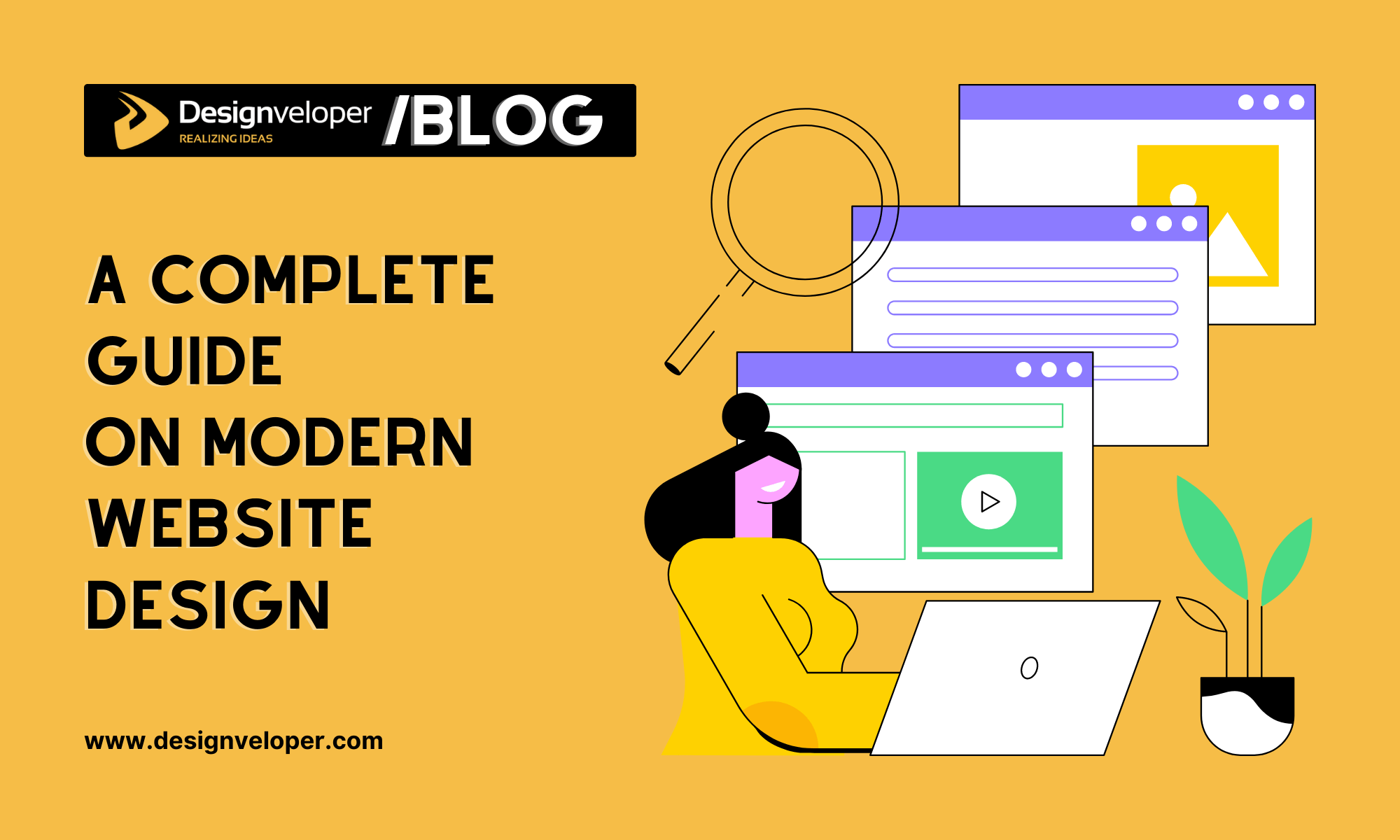Low-Cost and Skilled Website Design for Small Business Owners
Low-Cost and Skilled Website Design for Small Business Owners
Blog Article
Top Tips for Creating an Impactful Web Site Style That Transforms
In today's digital landscape, the importance of an impactful web site design can not be overemphasized, specifically when it concerns converting visitors into clients. To accomplish this, one need to think about a selection of aspects, consisting of understanding the target market, focusing on individual experience, and optimizing for mobile systems. Moreover, the critical use compelling call-to-actions and a well-defined aesthetic hierarchy plays an essential function in assisting users with their journey. As we explore these essential elements, it ends up being noticeable that the success of your website depends upon even more than simply appearance; it requires a thoughtful approach to layout and capability.

Understand Your Target Audience
Recognizing your target audience is fundamental to efficient website design, as it lays the groundwork for creating an appealing user experience. Recognizing who your customers are, including their demographics, preferences, and behaviors, allows developers to tailor the web site's web content, format, and functionality to satisfy certain needs.
Conducting extensive marketing research is crucial in this process. Surveys, meetings, and analytics can offer important understandings into customer expectations and pain factors. By assembling this data, designers can produce user personalities that represent various segments of the target market, making certain that style choices are informed and appropriate.
Additionally, recognizing the target audience helps in selecting appropriate style aspects such as color design, typography, and imagery that resonate with users. A site that talks straight to its target market fosters a feeling of link and count on, motivating longer visits and greater conversion prices.
Eventually, a user-centered strategy to internet site style not only enhances customer contentment but likewise supports business objectives by driving interaction and commitment. By focusing on the needs and preferences of the target audience, a website can effectively serve its purpose and accomplish desired results.
Prioritize Individual Experience
To boost the general performance of a web site, focusing on customer experience (UX) is important (Website Design). A properly designed UX makes sure that visitors can browse the site effortlessly, discover information rapidly, and involve with content meaningfully. This causes enhanced individual fulfillment and greater conversion prices
Begin by applying instinctive navigating. Menus needs to be realistically structured, enabling customers to locate essential areas of the website with minimal effort. Consistency in design elements, such as color design and fonts, cultivates experience, which is essential for preserving user engagement.
Furthermore, take into consideration the filling rate of your website. A delay of simply a few seconds can cause significant drop-offs, as customers are much less most likely to await a slow-loading page. Simplifying photos and optimizing code can enhance efficiency and keep visitors.
Moreover, clearness in content discussion is important. Use concise, interesting language and separate text with visuals to enhance readability. By prioritizing customer experience, you not only produce an extra pleasurable environment for visitors however likewise strengthen your brand name's reliability. Eventually, a focus on UX is a financial investment in the long-term success of your web site.
Maximize for Mobile Tools
Optimizing for mobile gadgets is essential in today's digital landscape, where a boosting number of individuals accessibility internet sites through mobile phones and tablet computers. A mobile-friendly style not only improves customer experience yet likewise plays a substantial role in enhancing internet search engine positions. To achieve this, it is important to take on a receptive design that immediately adapts to numerous screen sizes and orientations.

Packing speed browse around here is an additional crucial variable; mobile users are generally much less patient and expect quick accessibility to info. By focusing on mobile optimization, you guarantee that your website remains affordable and effectively engages a broader audience.
Use Engaging Call-to-Actions
A website's efficiency typically depends upon its capability to lead visitors towards preferred activities, making compelling call-to-actions (CTAs) vital components of layout. CTAs serve as the critical points that guide individuals to engage with the website, whether that suggests purchasing, authorizing up for an e-newsletter, or downloading a resource.
To develop effective CTAs, clearness is critical. Use concise language that plainly communicates the action you desire the customer to take.
Additionally, take into consideration utilizing directional signs, such as arrows or images, to lead individuals towards these switches. By concentrating on these aspects, organizations can substantially improve user interaction, driving conversions and ultimately accomplishing their website's objectives.
Concentrate On Visual Hierarchy
Reliable website design relies heavily on a well-structured aesthetic hierarchy that guides users with web content seamlessly. By organizing elements in a way that focuses on information, designers can boost individual experience and facilitate decision-making. This involves using size, color, contrast, and spacing purposefully to attract attention to one of the most critical elements of a page.
Using larger fonts for headings and subheadings establishes a clear difference between various areas, allowing users to check content effortlessly. Furthermore, utilizing different shades for buttons and calls-to-action can catch individual interest and encourage communication. Whitespace is an additional essential component; it stops clutter and enables users to concentrate on vital messages without diversions.
Pictures and graphics must match the message while additionally adhering to the recognized pecking order, reinforcing the general message (Website Design). Uniformity in layout components, such as shade systems and typography, further strengthens the aesthetic power structure, making navigating intuitive

Conclusion
In go to this web-site verdict, effective web site design requires a thorough understanding of the target audience, prioritization of customer experience, and mobile optimization. Ultimately, a well-executed website design serves as an important part in driving individual actions and achieving company goals.
Report this page